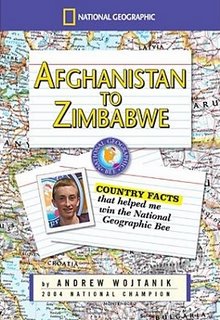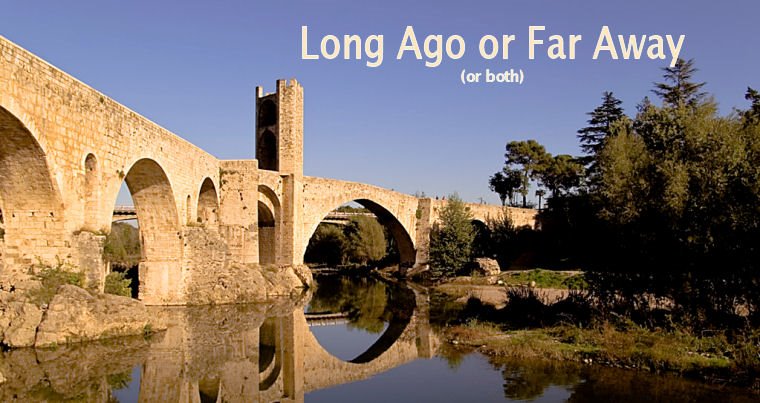
I really like the book Afghanistan to Zimbabwe: Country Facts that helped me win the National Geographic Bee by Andrew Wojtanik, 2004 National Champion. Here is what he says about the book in the introduction:
After answering many geographical questions correctly and surviving an intense final round, I was declared the champion of the 2004 National Geographic Bee. It was an accomplishment that exceeded all expectations, but one that could not have been achieved without lots of hard work.
When Alex Trebek, host of the hit game show JEOPARDY! and moderator of the National Geographic Bee, asked me how I studied for the contest, I smiled and gave an answer that wasn't exactly expected. I explained how I had created a 400-page "study guide," which consisted of information about the physical, political, and environmental features for each of the world's 192 countries. I believe that this guide, along with a decent memory (and a little luck), were major contributors to my success.
A mere three months later - just when I thought all the hype from the Bee had died down - I received a telephone call from National Geographic regarding my geography fact book. I responded by asking in an excited tone, "Publish? What do you mean, you want to publish it?" The surprises never end.
Countries are listed alphabetically and each one includes: a small map, the size, population and population density, capital, highest and lowest points, major physical features, independence date, former name, administrative divisions (like states for the U.S.), external territories, ethnic groups, religions, languages, currency, major cities, climate, natural resources, agricultural products, major exports, and natural hazards. Most countries have about two pages of text.
This book has a lot of interesting facts about each country. I like comparing a certain fact between countries, like when they gained their independence. For example, I noticed that the Phillipines gained their independence from the U.S. on the 4th of July in 1946. Then I noticed that, on our really old U.S. Map Puzzle, the Phillipines are shown as belonging to the U.S. So in addition to the basic facts I expected to learn from this book, it also has gotten me interested in other things I didn't expect.

No comments:
Post a Comment